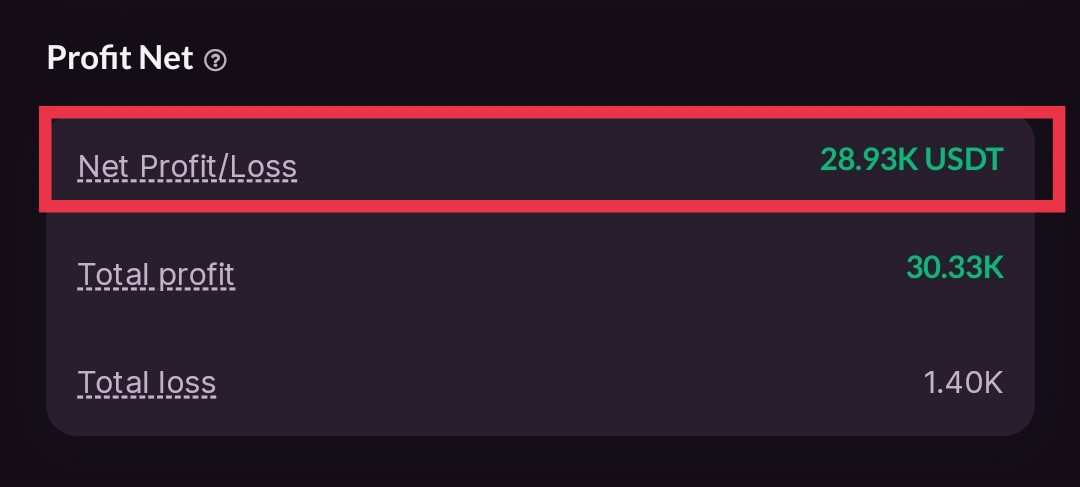Risks

Today we have prepared for you an article about risks.
Practically speaking, every trader needs to control risks to consistently make money on the market. Of course, we also have examples with account drawdowns of 99.8% (like the maxim), but these are rather exceptions.
You can minimize the relative risk of trade due to:
-Isolated margin;
-Stop losses;
-Certain risk per trade.
If you open an x20 trade with a stop of 3% of the price movement on the cross, you get a very risky trade. After all, your stop can “slip” by only a couple of percent – and you will lose a significant amount of the deposit.

This risk can be reduced by changing the leverage from “cross” to “isolated”
You can read more about the isolated shoulder on the Internet or ask in our chat. If on cross margin you risk liquidating the entire deposit at once, then with an isolated margin you will not lose more than you allocated initially.
With this, I hope we figured it out. Let’s move on to the next point.
How, after all, to determine how much to open a deal with an isolated margin?
Before opening a full-fledged trade, you must calculate in your brain the amount of possible loss – the sharks of the stock market do not recommend risking more than 1% of the deposit per trade, but we are risky …
Exactly not more than 3%
This means that one losing trade should cost you 3% of the deposit. If your deposit is $ 900 – one losing trade should not take more than thirty dollars from you.
Why do we need all this?
For the risk/reward mathematical indicator to pay off our stops several times. If risk/reward, according to your trading strategy, is 1: 3 or more, then one profitable trade will bring you ~ 9% to your deposit.
The choice of a suitable risk/reward deal is influenced by the win rate of your trading strategy – if you manage to close 50% of deals by take-profit, and 50% by stops, then with risk/reward 1: 3 your trading strategy will be consistently profitable.

If you build your risks according to this article, and you are a robot without psychology, then you will soon be able to beat the top of our leaderboard (and with it, half of the global financial system)